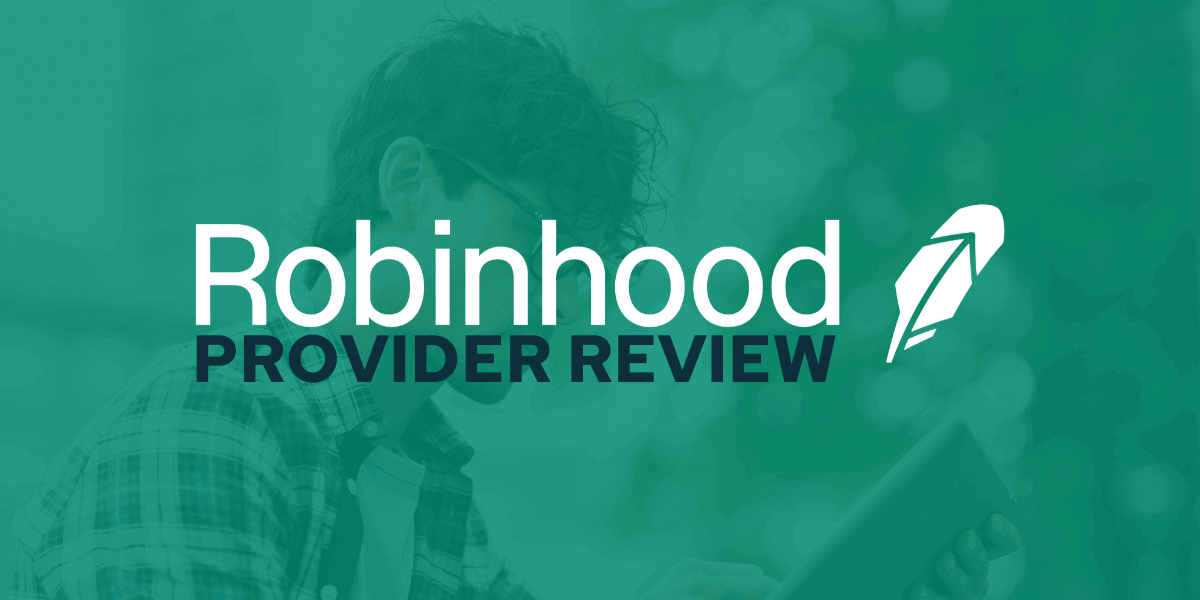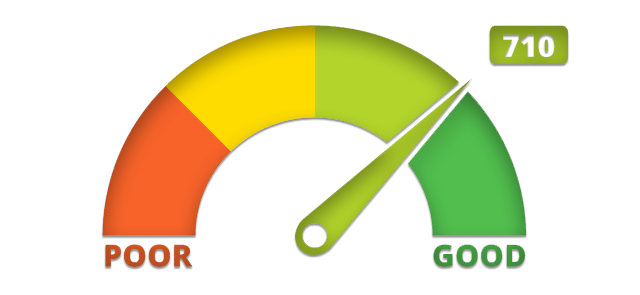
When you're comparing investment apps it is important to focus on the features that make investing easier. These features should include a comprehensive overview of current and historical investments, as well as real-time updates. Real-time updates allow investors to react quickly to changes in their investments. Security is a major concern as mobile investing apps connect to your bank. The top-rated apps generally have strong security protocols.
eToro
There are several advantages of using eToro's investment app, including the ability to trade with 17 different stock exchanges. ETFs, stocks, and other stock purchased through eToro are exempt from the stamp tax. To make the most of this investment app, download it to your smartphone and begin trading today! Before you make an investment, weigh the pros and the cons of the eToro Investment App.
The eToro investing app allows stock trading with over 70 cryptocurrencies. You can put $50 into stocks, but you can also invest in high value stocks such as Amazon and Tesla. These stocks trade at more $3,300 each share. You should note that not all brokers allow you withdraw or sell your tokens. To get an idea of the market, fractional shares can be purchased if you are just starting out.

Wealthfront
Wealthfront could be the best investment app for you. Wealthfront is an app that offers automated investment services and a cash bank with a low 0.1% annual rate yield (APY). You can also access your money using your debit card at over 19,000 non-fee ATMs. Wealthfront requires that you consider your investment goals and time commitment before you sign up.
The wealth app makes use of modern portfolio theory to calculate your investments and then allocates your money in exchange-traded fund based on your risk tolerance. You have the option to make changes to your portfolio or start fresh. Wealthfront will alert you if they are out of your tolerance for risk and offer an alternative. Wealthfront is an excellent tool for helping you make informed investment decisions.
Stockpile
Stockpile lets you make small investment for very low fees. It was created to help young investors learn more about investing, and to make them better informed. You can invest as low as $5. You don't have to invest a lot, and there are no commissions, minimum account balances or fees. Therefore, you can sell and buy securities at whatever price you wish. The site also has a blog and extensive knowledgebase. While it's not as sophisticated as some online brokerages, it does offer many of the same features.
This website offers many resources for new investors including articles on risk tolerance, dividends, and more. Stockpile blogs provide valuable information about non stock investments. Educational videos explain most basic investing concepts. The app also contains a glossary. A gift card service is also available. Although the website is fairly easy to navigate, it can be intimidating to those who have not had any experience in finance.

Betterment
If you're considering investing in the stock market but lack the capital to make a substantial investment, Betterment is the perfect app for you. You can invest in fractions of stocks with this app, and it also offers other features that you won't get from traditional brokerages. The Betterment app can be connected to an external bank account to automate transactions. Betterment allows you to set financial goals. Betterment lets you invest as little, or as much, as you can afford.
Betterment is an investment platform that automatically reviews your portfolio each day. It has an automated tax loss harvesting feature, which allows you to rebalance the portfolio to reduce capital gains taxes. The app will also allow you to sell stocks which have lost value and then replace them with similar investments. Betterment allows you to allocate your investments across multiple retirement accounts.
FAQ
How long does it take for you to be financially independent?
It depends on many things. Some people are financially independent in a matter of days. Some people take years to achieve that goal. It doesn't matter how long it takes to reach that point, you will always be able to say, "I am financially independent."
It is important to work towards your goal each day until you reach it.
Do I need an IRA to invest?
An Individual Retirement Account, also known as an IRA, is a retirement account where you can save taxes.
You can save money by contributing after-tax dollars to your IRA to help you grow wealth faster. These IRAs also offer tax benefits for money that you withdraw later.
For those working for small businesses or self-employed, IRAs can be especially useful.
Many employers also offer matching contributions for their employees. This means that you can save twice as many dollars if your employer offers a matching contribution.
What are the different types of investments?
There are four types of investments: equity, cash, real estate and debt.
A debt is an obligation to repay the money at a later time. It is commonly used to finance large projects, such building houses or factories. Equity is when you purchase shares in a company. Real estate is land or buildings you own. Cash is what you have on hand right now.
You can become part-owner of the business by investing in stocks, bonds and mutual funds. Share in the profits or losses.
Is passive income possible without starting a company?
Yes. In fact, most people who are successful today started off as entrepreneurs. Many of these people had businesses before they became famous.
However, you don't necessarily need to start a business to earn passive income. Instead, you can simply create products and services that other people find useful.
For instance, you might write articles on topics you are passionate about. Or, you could even write books. You might even be able to offer consulting services. You must be able to provide value for others.
Which type of investment yields the greatest return?
It doesn't matter what you think. It all depends on how risky you are willing to take. One example: If you invest $1000 today with a 10% annual yield, then $1100 would come in a year. If you instead invested $100,000 today and expected a 20% annual rate of return (which is very risky), you would have $200,000 after five years.
In general, the greater the return, generally speaking, the higher the risk.
The safest investment is to make low-risk investments such CDs or bank accounts.
However, the returns will be lower.
However, high-risk investments may lead to significant gains.
A stock portfolio could yield a 100 percent return if all of your savings are invested in it. However, it also means losing everything if the stock market crashes.
So, which is better?
It depends on your goals.
You can save money for retirement by putting aside money now if your goal is to retire in 30.
High-risk investments can be a better option if your goal is to build wealth over the long-term. They will allow you to reach your long-term goals more quickly.
Remember that greater risk often means greater potential reward.
There is no guarantee that you will achieve those rewards.
Can I lose my investment.
Yes, you can lose all. There is no way to be certain of your success. There are ways to lower the risk of losing.
Diversifying your portfolio is one way to do this. Diversification can spread the risk among assets.
Another way is to use stop losses. Stop Losses allow you to sell shares before they go down. This reduces the risk of losing your shares.
Margin trading is also available. Margin trading allows for you to borrow funds from banks or brokers to buy more stock. This can increase your chances of making profit.
Statistics
- According to the Federal Reserve of St. Louis, only about half of millennials (those born from 1981-1996) are invested in the stock market. (schwab.com)
- Over time, the index has returned about 10 percent annually. (bankrate.com)
- Some traders typically risk 2-5% of their capital based on any particular trade. (investopedia.com)
- They charge a small fee for portfolio management, generally around 0.25% of your account balance. (nerdwallet.com)
External Links
How To
How to invest and trade commodities
Investing is the purchase of physical assets such oil fields, mines and plantations. Then, you sell them at higher prices. This is called commodity trading.
Commodity investment is based on the idea that when there's more demand, the price for a particular asset will rise. The price of a product usually drops when there is less demand.
If you believe the price will increase, then you want to purchase it. You'd rather sell something if you believe that the market will shrink.
There are three major categories of commodities investor: speculators; hedgers; and arbitrageurs.
A speculator purchases a commodity when he believes that the price will rise. He does not care if the price goes down later. Someone who has gold bullion would be an example. Or, someone who invests into oil futures contracts.
An investor who believes that the commodity's price will drop is called a "hedger." Hedging allows you to hedge against any unexpected price changes. If you own shares in a company that makes widgets, but the price of widgets drops, you might want to hedge your position by shorting (selling) some of those shares. This is where you borrow shares from someone else and then replace them with yours. The hope is that the price will fall enough to compensate. If the stock has fallen already, it is best to shorten shares.
An arbitrager is the third type of investor. Arbitragers are people who trade one thing to get the other. For example, you could purchase coffee beans directly from farmers. Or you could invest in futures. Futures enable you to sell coffee beans later at a fixed rate. You are not obliged to use the coffee bean, but you have the right to choose whether to keep or sell them.
You can buy something now without spending more than you would later. It's best to purchase something now if you are certain you will want it in the future.
Any type of investing comes with risks. One risk is that commodities prices could fall unexpectedly. Another risk is the possibility that your investment's price could decline in the future. You can reduce these risks by diversifying your portfolio to include many different types of investments.
Another thing to think about is taxes. If you plan to sell your investments, you need to figure out how much tax you'll owe on the profit.
Capital gains taxes are required if you plan to keep your investments for more than one year. Capital gains taxes are only applicable to profits earned after you have held your investment for more that 12 months.
If you don't expect to hold your investments long term, you may receive ordinary income instead of capital gains. On earnings you earn each fiscal year, ordinary income tax applies.
In the first few year of investing in commodities, you will often lose money. But you can still make money as your portfolio grows.